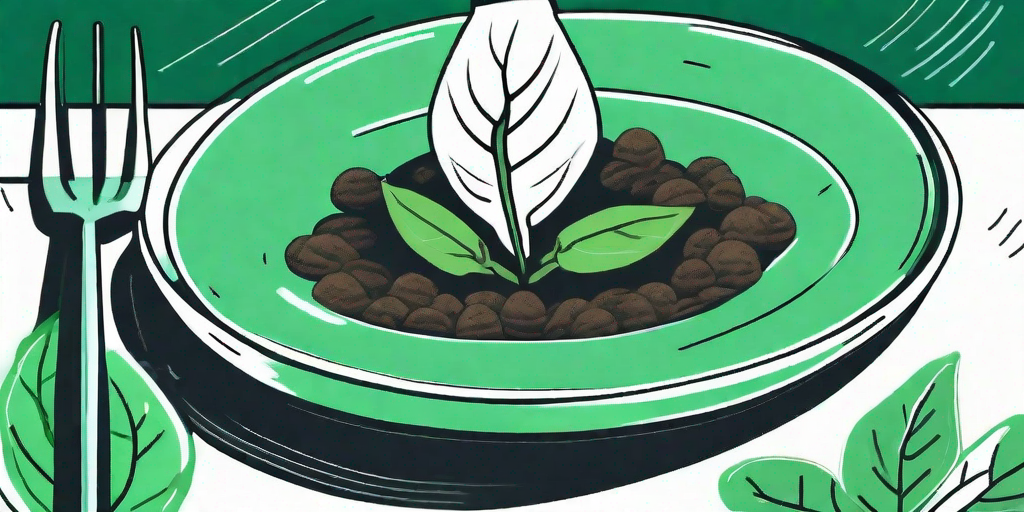
Welcome, green-thumb hopefuls and culinary enthusiasts! Today, we're embarking on a leafy journey from the humble beginnings of a seed to the delicious finale on your dinner plate. Our star of the show? The underrated, nutrient-packed powerhouse - collard greens. Strap in, folks, because we're about to dig deep (pun intended) into the world of collard greens.
Understanding Collard Greens
Before we get our hands dirty, let's take a moment to appreciate our leafy friend. Collard greens, or Brassica oleracea, are a staple in Southern U.S. cuisine, but they're also popular in many other parts of the world. They're part of the same family as kale and cabbage, but they've got a unique, slightly bitter flavor that sets them apart.
Not only are collard greens delicious, they're also packed with vitamins A, C, and K, and are a great source of fiber. So, growing your own collard greens isn't just a fun hobby, it's also a step towards a healthier diet. Now, isn't that a win-win situation?
Getting Started: Planting Your Seeds
Alright, enough chit-chat. Let's get down to business. The first step in our journey is planting the seeds. But before you start throwing seeds around willy-nilly, there are a few things you need to know.
Choosing the Right Time
Collard greens are a cool-season crop, which means they prefer slightly chilly weather. The best times to plant are early spring or late summer. If you live in a place with mild winters, you can also plant in the fall for a winter harvest.
Timing is everything, folks. Plant too early, and your seeds might not germinate. Plant too late, and your plants might bolt (that's gardener speak for "go to seed") before you get a chance to harvest. So, keep an eye on the weather and plan accordingly.
Preparing the Soil
Collard greens aren't too picky about soil, but they do best in well-drained, fertile soil with a pH between 6.0 and 7.0. You can add compost or a slow-release fertilizer to improve soil fertility. Remember, happy soil equals happy plants.
Once your soil is ready, sow your seeds about 1/2 inch deep and 3 inches apart. If you're planting multiple rows, keep them about 18 inches apart. This gives your plants plenty of room to grow.
Nurturing Your Plants: Care and Maintenance
Now that your seeds are in the ground, it's time to switch gears from gardener to plant parent. Your little seedlings will need some TLC to grow into strong, healthy plants.
Watering
Collard greens like moist soil, but not waterlogged soil. Aim for about 1 inch of water per week, either from rainfall or watering. If the soil feels dry to the touch, it's time to water.
Try to water in the morning, so the leaves have time to dry before nightfall. This helps prevent diseases. And remember, it's better to water deeply and less frequently than to give your plants a little sprinkle every day.
Weeding and Mulching
Weeds are the uninvited guests of the gardening world. They compete with your plants for nutrients and can harbor pests and diseases. Regular weeding will keep them in check.
Mulching is another effective way to suppress weeds. It also helps retain soil moisture and regulate soil temperature. Organic mulches, like straw or compost, even add nutrients to the soil as they decompose. It's like a two-for-one deal!
Harvesting and Cooking Your Collard Greens
After all your hard work, it's finally time to reap the fruits (or in this case, leaves) of your labor. Harvesting is pretty straightforward - just pick the leaves from the bottom of the plant upwards. The younger, smaller leaves are tender and mild, while the older, larger leaves have a stronger flavor.
Now, onto the fun part - cooking! Collard greens are versatile and can be used in a variety of dishes. You can sauté them with garlic and olive oil, add them to soups or stews, or use them as a wrap for a low-carb alternative to tortillas. The possibilities are endless!
FAQs
- Can I grow collard greens in a container?
- Absolutely! Just make sure the container is at least 12 inches deep and has good drainage.
- How long does it take for collard greens to grow?
- From seed to harvest, it usually takes about 60-75 days.
- Do collard greens need full sun?
- Collard greens prefer full sun, but they can tolerate partial shade.
And there you have it, folks - a comprehensive guide to growing and enjoying collard greens. So, what are you waiting for? Grab those gardening gloves and get planting!











